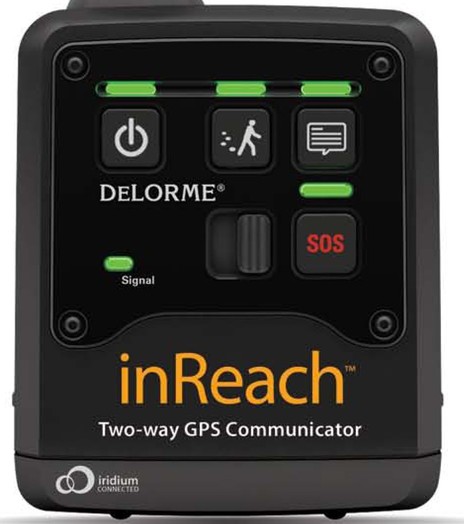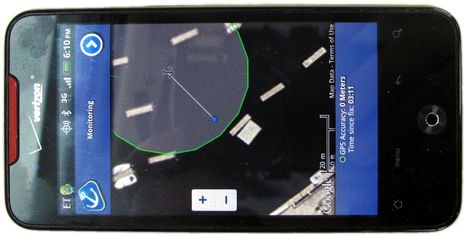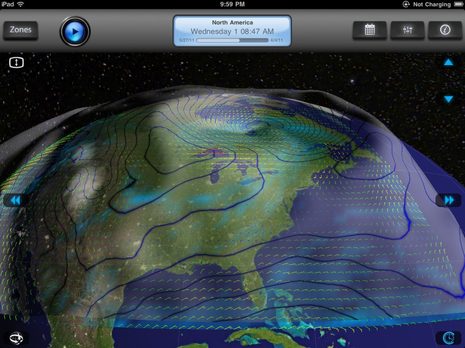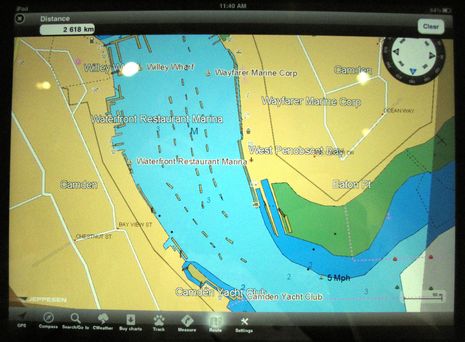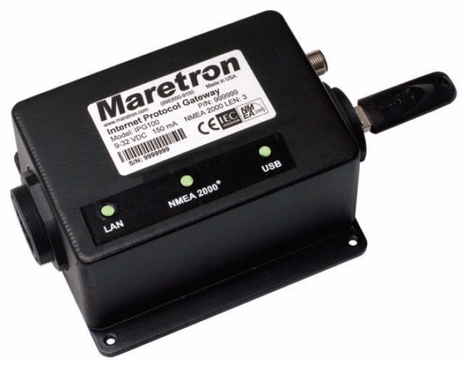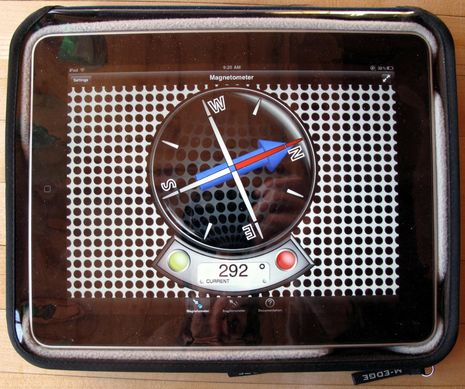DeLorme inReach, the Iridium 9602 almost surfaces
Impatient me was beginning to wonder if the intriguing Iridium 9602 short burst data modem would ever materialize into a useful product. The Cerberus communicator and service I discussed in January is supposed “to arrive” for real in 7 days, but it’s gotten zero marketing so far, and I haven’t heard about any other 9602-based devices that might seriously appeal to boaters until yesterday. And, in fact, even the DeLorme inReach isn’t scheduled to ship until Fall. But it certainly looks neat…



